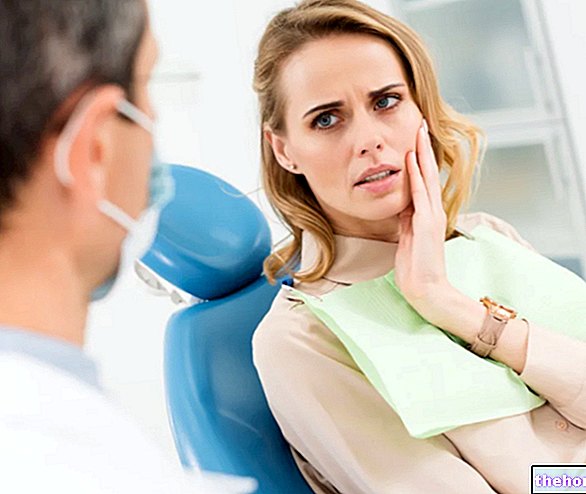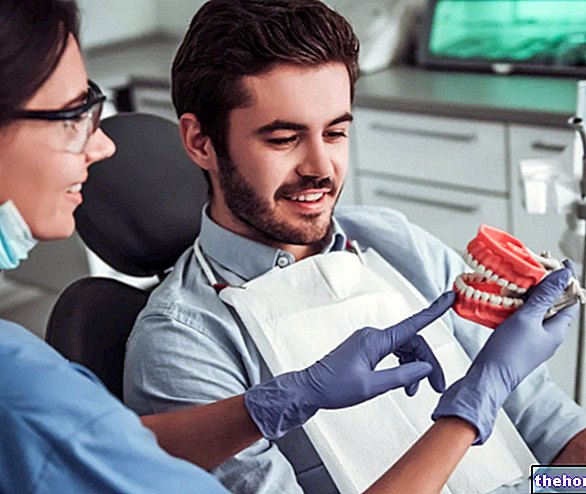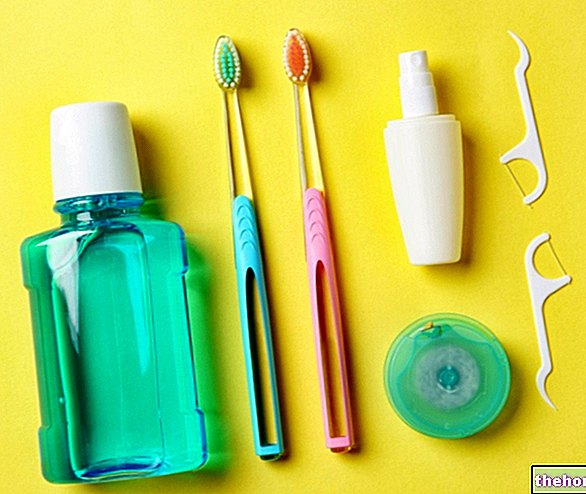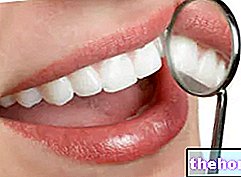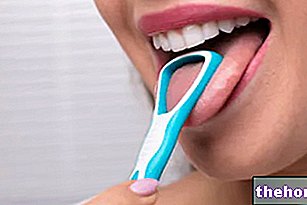Why use it?
Together with toothpaste, dental floss and mouthwash, the toothbrush is the undisputed star of home oral hygiene, which should be performed daily, immediately after meals and at least three times a day.

Caries prevention
A well-used toothbrush does not provide "only" adequate oral cleaning: its proper use, in fact, is the most effective weapon to prevent cavities and gum disease in general, and to avoid - as much as possible - the deposition of plaque on dental enamel and on the interdental spaces.
To show off white, healthy and strong teeth, it is necessary to know (and above all put into practice) the basic principles that govern dental hygiene.
The objective of this article is not simply to describe the ideal characteristics of a "perfect" toothbrush, but also - and above all - to educate the reader on the correct brushing technique. in order to minimize the risk of tooth decay, gingivitis and bacterial infections that can result from improper use of the toothbrush.
How to use it?
It is well established that a correct and adequate use of the toothbrush is the basis of a correct (multiple) daily dental hygiene. So, brush in hand, let's try to understand how to properly clean teeth, gums and tongue.
Badly brushed teeth = untreated teeth = unconscious source of infections of all kinds
Watch the video
- Watch the video on youtube
Below, the main rules for a flawless use of the toothbrush are reported by points:
- PLACING THE BRUSH ON THE OUTER SURFACE OF THE TEETH: place the bristles of the toothbrush on the teeth at a 45 ° angle. Move the brush by rotating its head from the gum towards the teeth (never the other way around) to remove as much plaque as possible. In other words , the bristles of the toothbrush must clean the teeth with movements that go from top to bottom for the teeth of the upper arch; the teeth of the mandibular arch must instead be brushed from the bottom upwards. The brushing must be decided , but not overly energetic to avoid injuring the gums. It is advisable to start brushing from the incisors, to move slowly towards the molars, up to brushing the wisdom teeth (when present ... and if they have not been surgically extracted). Proceed in this way in each of the four dental semi-arches.
- POSITIONING OF THE BRUSH ON THE INTERNAL SURFACE OF THE TEETH: the correct use of the toothbrush also involves cleaning the internal surfaces of the anterior and posterior teeth through a rectilinear movement that goes from the inside towards the outside of the mouth, and always from the gum towards the tooth . It is strongly recommended to pay particular care and attention also to cleaning the internal dental walls: leaving out this area, the plaque tends to settle more easily, to the point of creating real calculus of tartar, which can only be removed by professional dental hygiene ( scaling).
- POSITIONING THE BRUSH ON THE CHEWING SURFACE OF THE TEETH: the next step for the correct use of the toothbrush is to place the bristles of the toothbrush directly on the chewing surface of the teeth. Proceed by moving the brush back and forth. The intercuspid space originated by the 4 tips of the teeth. molars, being similar to a depression, constitute an "ideal area for plaque deposit; just to avoid the accumulation of this opalescent patina on the chewing surface of the tooth, it is necessary to carefully brush this area as well (even if it is protected by a dental seal).
- POSITIONING THE BRUSH ON THE LINGUAL BACK: just like the teeth, the tongue also requires a thorough brushing. Particularly suitable for this purpose is the so-called tongue cleaner, clearly more delicate than the normal toothbrush. In any case, even those who do not have this unique tool can safely use the toothbrush, preferably with soft bristles, more delicate for the tongue. The brushing movement to clean the tongue should be performed in circular movements. Some toothbrushes are even equipped with special tongue cleaners - made of rubber, latex or other hypoallergenic materials - behind the head of the toothbrush. A thorough hygiene of the tongue guarantees fresher breath and, above all, removes hidden bacteria on its surface.
Warning: incorrect brushing - in the horizontal direction (from right to left, and vice versa) or from the tooth to the gum - is an incorrect behavior that certainly does not help prevent cavities nor effectively removes food residues and bacterial plaque from the teeth. . Furthermore, by using the toothbrush incorrectly, the phenomenon of gingival retraction (retracted gums) is encouraged, thus increasing the risk of gingival bleeding, dentinal hypersensitivity, halitosis and - in extreme cases - even loss of teeth.
Watch the video
- Watch the video on youtube
Other articles on "Toothbrush - How and Why to Use It"
- Toothbrush Choice - Soft and Hard Bristles
- Toothbrush - Head in Silver, Whitener, Antiplate
- Electric Toothbrush
- Electric toothbrush: description, advantages and disadvantages

